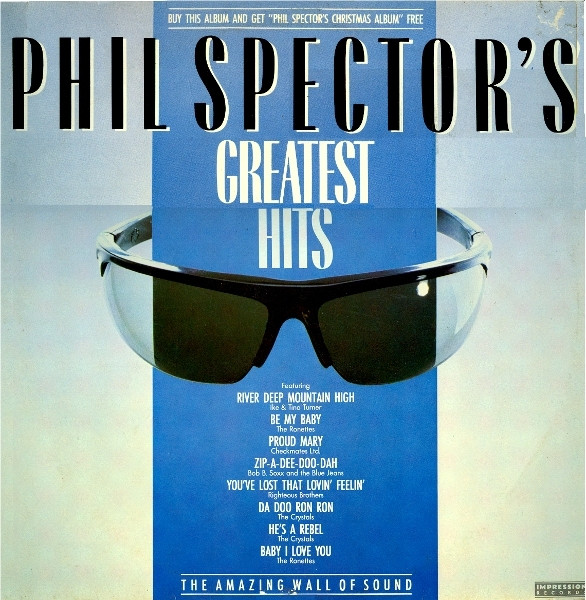Bob Dylan: Highway 61 Revisited - 1965
The album that blew the windows wide open. Yes, half of Bringing It All Back Home had introduced the “electric” element to Dylan’s sound with a colossal bang, but here it took it to the max and mixed it with some of his most evocative, cinematic, imagery-full lyrics. Indeed, some of the most adventurous lyrics popular music had ever seen. Remember, this was 1965. The Beatles were only just out of the covering of rock n roll standards on half their albums, The Rolling Stones of covering blues standards and The Beach Boys were still singing about surfing, cars and girls.
What Dylan achieved on this album was just remarkable. He spoke of the album thus in his later recollections -
"...Highway 61, the main thoroughfare of the country blues, begins about where I began. I always felt like I'd started on it, always had been on it and could go anywhere, even down in to the deep Delta country. It was the same road, full of the same contradictions, the same one-horse towns, the same spiritual ancestors ... It was my place in the universe, always felt like it was in my blood...".
With that quote in mind, one may have expected a blues-oriented album, like his much later Love And Theft, from 2001, but, while here are obvious blues influences, this is something different. It is Dylan taking his influences and making something new, innovative and adventurous out of them. As the title suggests, Highway 61 is "revisited". "Re-worked" more like, with Dylan's supremely poetic, image-packed lyrics making Dylan's style of blues something completely unique.
The “bookend” tracks of the album are its two best - the sensational, six minute single, Like A Rolling Stone, from whose opening guitar notes so many were inspired, notably a young Bruce Springsteen, who said hearing it literally changed his life from that point onwards. I didn't pay it proper attention until 1975 when I bought the single, inspired by the Blood on the Tracks album. Like Springsteen, it totally blew me away - I couldn't believe just how damn good it was - the jangling guitar riffs, the churchy organ and Dylan's seemingly perpetual, image-laden invective - four beatific verses of it. "How does it feeeel?" was as directly confrontational and as "punk" an exclamation as anything Johnny Rotten or Joe Strummer came up with.
Then there is the monumental, magnificent, mighty Desolation Row, eleven minutes of Dylan Heaven, and my own personal favourite Dylan track of all time. It again is just so good, its verses so potent and it is virtually impossible to write about it. Its multifarious images demand years of analysis, and indeed many writers have delivered their explanations of the song over many years. The song is pretty impossible to analyse, isn't it? Yet eternally fascinating and inspirational at the same time. Without knowing what the hell it is about, I am lifted up and enlivened by it every time. I just love it. End of.
The album is packed with other gems too - The frenetic, almost punky blues rock of Tombstone Blues; the rollercoaster imagery of It Takes A Lot To Laugh, It Takes A Train To Cry; the madcap, frenetic, wired-up Americana blues of From A Buick 6 and the religious overtones of the barnstorming pumped-up stream of consciousness rock of Highway 61 Revisited. As on the following album, the blues is very important here, something that cannot be understated.
Then there is the lyrical poetry and swirling organ attack of Queen Jane Approximately and Just Like Tom Thumb's Blues with its great opening line - “when you’re lost in the rain in Juarez, and it’s Easter time too…”. All stuff that blew people's minds in 1965 - minds that were used to listening to crooning and singalong pop on their radios. Ballad Of A Thin Man sees Dylan once more spitting out invective at “Mr Jones” as only Dylan circa 1965 could do. Every track broke new boundaries.
Simply one of the greatest albums of all time. “Sgt. who”? Two years before Pepper, Dylan was releasing material like this.
Non-album tracks
The few unused outtakes that date from this album's sessions include the upbeat, harmonica and organ-driven blues of Sitting On A Barbed-Wire Fence (which contains a few paraphrased lyrics from Just Like Tom Thumb's Blues), the lively non-album single and vaguely Stonesy Can You Please Crawl Out Your Window and the most well-known of the non-album singles, the beguiling, again organ-enhanced Positively 4th Street. Also knocking around from this period is the sub-one minute blues romp of Jet Pilot.










